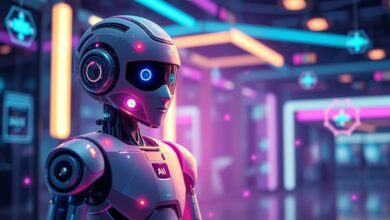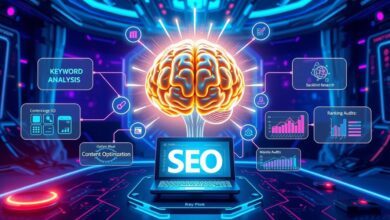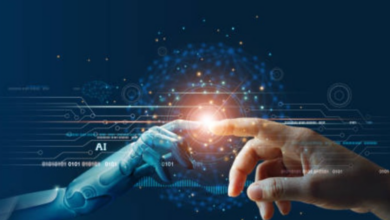Artificial Intelligence (AI) is transforming various industries and revolutionizing how businesses operate. It enables computers to learn, understand and make decisions by themselves without any human intervention.
Machine Learning (ML) and Deep Learning (DL) are two popular techniques of AI. Although they have similarities, there are differences in their methodologies, architectures, and applications. This article will explore and compare the key differences between machine learning and deep learning.
What is Machine Learning?
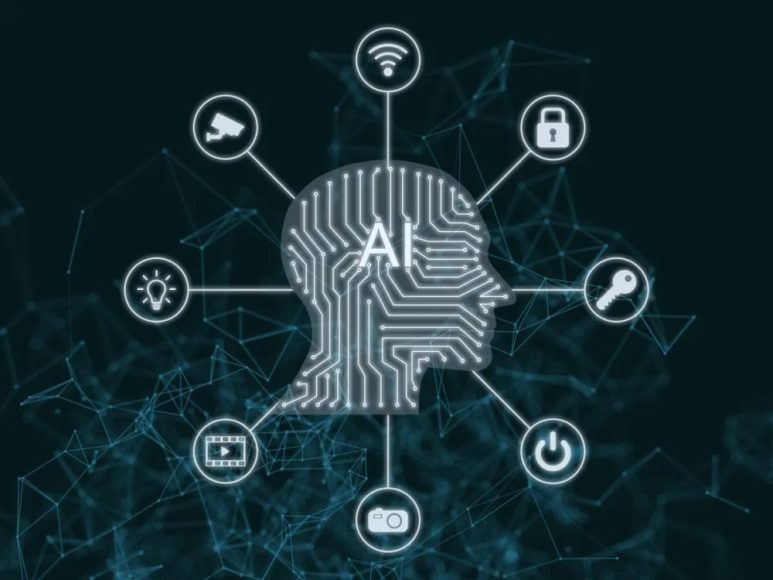
Machine Learning (ML) is a subset of Artificial Intelligence that enables machines to learn and improve automatically based on experience without being explicitly programmed. In ML, algorithms are designed to learn from a large set of data, identify patterns, and make decisions based on the patterns.
The goal of machine learning is to develop algorithms that can learn from experience and make predictions or decisions based on that experience.
Types of Machine Learning
There are three types of machine learning: supervised learning, unsupervised learning, and reinforcement learning.
Supervised Learning
Supervised learning is the most common type of machine learning. In supervised learning, the algorithm is trained using labeled data. Labeled data means that each data point has a corresponding label or output. The algorithm learns to predict the output for new, unseen data based on the labeled data it has been trained on.
Unsupervised Learning
In unsupervised learning, the algorithm is not given labeled data. The algorithm is tasked with finding patterns and structure in the data without any prior knowledge of what it is looking for. The goal of unsupervised learning is to find interesting patterns or groups in the data that can help us understand it better.
Reinforcement Learning
Reinforcement learning is a type of machine learning where an agent learns to behave in an environment by performing certain actions and receiving rewards or punishments for those actions. The goal of reinforcement learning is to learn the optimal policy that maximizes the reward in the environment.
What is Deep Learning?
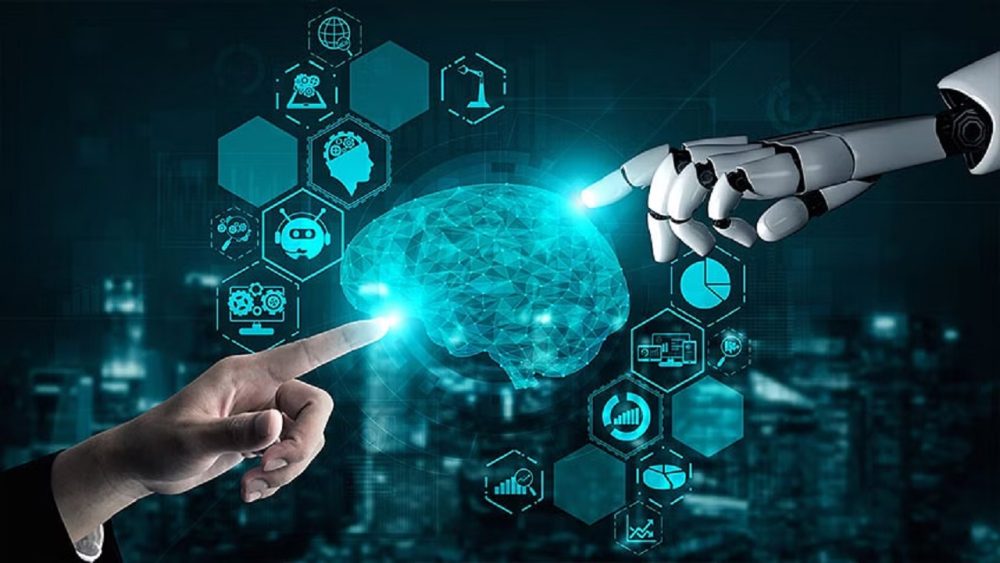
Deep Learning (DL) is a subset of Machine Learning that is inspired by the structure and function of the human brain. DL uses artificial neural networks (ANNs) that are designed to simulate the way the human brain works. In DL, the algorithms learn from large amounts of data and can automatically identify patterns and relationships in that data.
Deep Learning Architecture
The architecture of a deep learning model is made up of layers of artificial neurons that are interconnected to form a neural network. These neurons are organized into layers, and each layer performs a specific type of computation. There are three types of layers: input layer, hidden layer, and output layer.
Input Layer
The input layer is the first layer of the neural network. This layer receives input data and passes it on to the next layer.
Hidden Layer
The hidden layer is the middle layer of the neural network. It performs complex computations on the input data and passes the output to the next layer.
Output Layer
The output layer is the final layer of the neural network. It produces the final output of the model.
Deep Learning vs. Machine Learning
Deep Learning vs. Machine Learning: While both are crucial in AI, deep learning’s complexity surpasses machine learning, with potential in advanced human-robot interaction and pattern recognition. Now that we understand the basic concepts of machine learning and deep learning, let’s compare the two.
Data Requirements
One of the key differences between machine learning and deep learning is the amount of data required. Machine learning algorithms can perform well with relatively small amounts of data.
However, deep learning algorithms require a large amount of data to perform well. This is because deep learning algorithms have more parameters to learn and need more data to effectively learn these parameters.
Feature Extraction
In machine learning, feature extraction is typically done manually by a human expert. The expert identifies the relevant features in the data that are important for the algorithm to learn.
In deep learning, feature extraction is done automatically by the algorithm. The algorithm learns the relevant features from the data during training.
Model Interpretability
In machine learning, the models are typically more interpretable than in deep learning. This means that it is easier to understand how the model arrived at its decision.
In deep learning, the models are often referred to as “black boxes” because it is difficult to understand how the model arrived at its decision. This lack of interpretability can be a disadvantage in applications where it is important to understand the reasoning behind the model’s decision.
Computational Requirements
Deep learning algorithms require significantly more computational resources than machine learning algorithms. This is because deep learning algorithms have more parameters to learn and require more training time.
In addition, deep learning models require specialized hardware such as graphics processing units (GPUs) to efficiently perform computations.
Applications
Machine learning and deep learning have different applications. Machine learning is often used in applications such as image classification, natural language processing, and recommendation systems. Deep learning is often used in applications such as speech recognition, object detection, and autonomous vehicles.
There are many amazing applications of Deep Learning, some of the best ones include:
- Image and object recognition
- Natural language processing and sentiment analysis
- Speech recognition and synthesis
- Autonomous vehicles and drones
- Healthcare diagnostics and personalized treatment
- Fraud detection and cybersecurity
- Gaming and interactive media
- Finance and trading
- Environmental monitoring and disaster response
- Robotics and automation.
Limitations
Both machine learning and deep learning have limitations. Machine learning algorithms can suffer from overfitting, which occurs when the algorithm is trained too well on the training data and is unable to generalize to new data.
Deep learning algorithms can suffer from overfitting as well, but they also suffer from the “black box” problem, which makes it difficult to understand how the model arrived at its decision.
Read Also: Integrating AI and ML into your business tips and best practices
Conclusion
In conclusion, machine learning and deep learning are both important techniques in artificial intelligence. While they have similarities, they also have key differences in their methodologies, architectures, and applications.
Machine learning is often used in applications where data is limited and interpretability is important, while deep learning is often used in applications where large amounts of data are available and accuracy is paramount.
Understanding the differences between machine learning and deep learning is essential for selecting the right technique for a given application.





